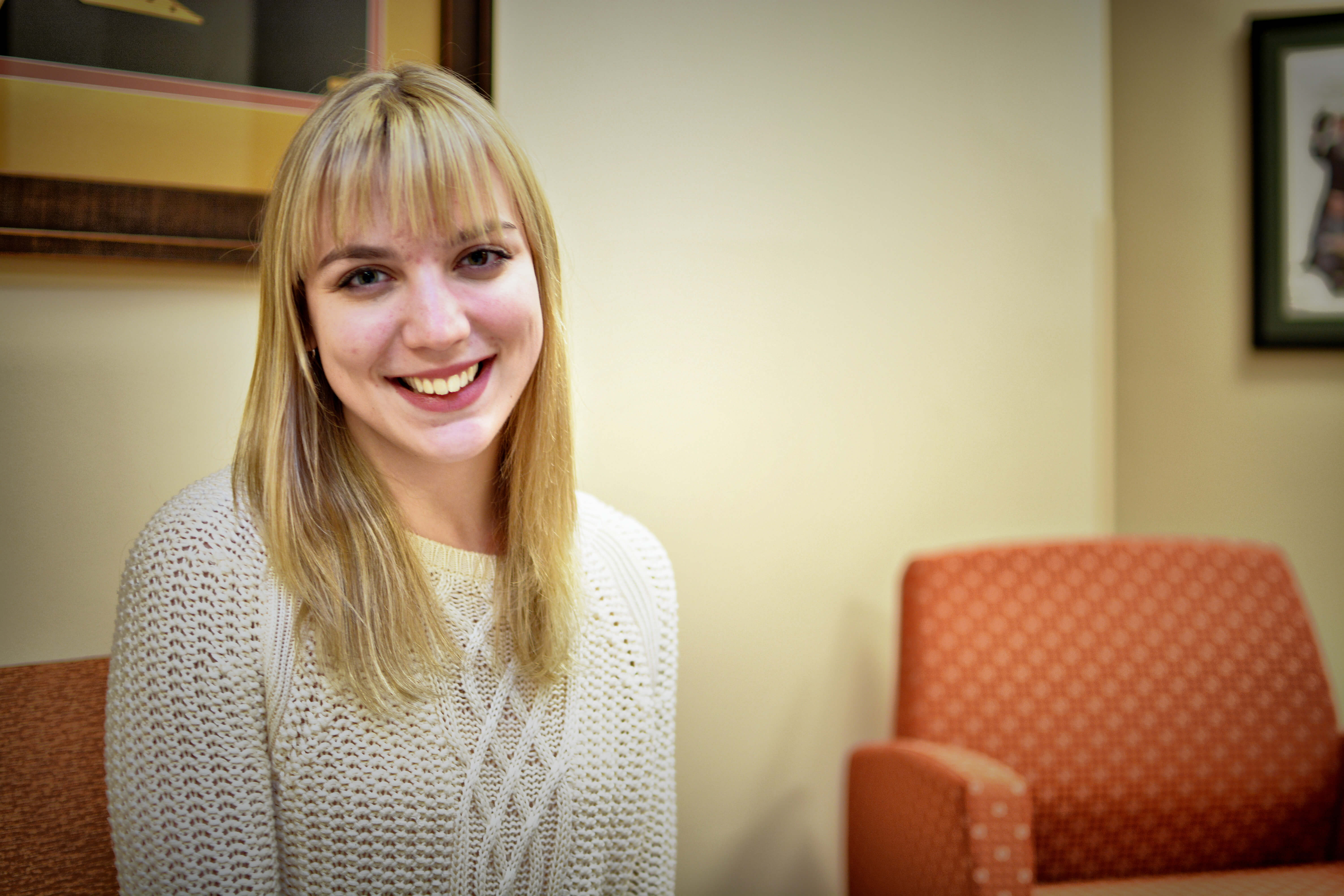One of the most challenging aspects of being a junior occupational therapy student is the introduction of practical examinations to our curriculum. Granted, all the OT students had anatomy practicals their sophomore year, but those weren’t exactly on the same caliber as the exams you take in your junior year neurological rehabilitation class. The practicals you take for your neurorehab class reflect more of what you’re going to encounter in the clinic as an actual occupational therapist. For example, we’re currently learning how to do bed and wheelchair transfers in lab. This involves us constantly checking in with out “client,” our grad assistant, and making sure he’s comfortable throughout the whole transfer process while we move him. Our grad assistant “client” is a fifth year OT student who might actually be Superman. He’s super muscular and pretty intimidating to lift, coming from a tiny, mousy girl.
Our first neurorehab practical wasn’t focused on lifting clients, however. It was more centered on communicating with your client, making sure they’re “with it,” and doing some simple sensory tests, like if the client can tell the difference between hot and cold temperatures. Even though this practical isn’t as physically intense as the one we’re going to perform involving lifts, I was still extremely nervous. Petrified, even.
I had heard terrifying stories from the OT class above me:
“This one person burst out into tears in the middle of their practical and the professor failed them!”
“If you don’t introduce yourself to the client within the first ten seconds of the exam, you fail!”
“A few years ago, somebody passed out during their practical!”
These rumors prompted me to completely lose my cool. I spent all my time studying for this practical, asking friends, roommates, even my mom to “do OT with me and be my client.” I went to open lab and stayed in class after hours just to practice using some of the fancy OT assessment tools. The night before the exam, I couldn’t sleep. The hours leading up to my exam, I couldn’t eat or focus, preferring to parrot test protocols under my breath instead.
Minutes before it was time for my partner and me to walk into the testing area, I had a sudden realization. Practicals are just essentially like playing “doctor” as a kid. We’re not actually in a clinic, this is all just like acting or playing pretend. If I treated this practical pretending I was my favorite character on “Grey’s Anatomy,” instead of a terrifying pass-or-fail scenario, I was sure to succeed. So, I kid you not, I went into this exam believing I was as skilled and wise as Dr. Cristina Yang from “Grey’s Anatomy.”
And I passed! Well, my hands were shaking the entire time and I was speaking a mile-a-minute, but I performed my OT tests correctly and explained everything to my client. My practical performance wasn’t on Dr. Yang level, but I was still pretty proud of myself.
My ability to reason with myself is what saved me from bombing my exam. If I failed the practical, so what? My grade would go down and I would be asked to do a re-test. I would rather fail while I’m still in school than as an actual OT in the clinic. Also, exuding Cristina Yang-esque confidence didn’t hurt, either. As an OT, your client expects you to know what you’re doing.
I’m happy that I was finally able to conquer my practical anxiety. I’m sure I’m still going to get worked up about exams in the future. As long as I remember that it’s my first time ever doing these kinds of tests on a client and it’s okay to fail, I won’t lose my cool again. After all, the whole reason we’re in school is to learn so we don’t mess up in the real world. Now, if I could just get my hands on some weights and start training for the bed transfer practical…






0 Comments